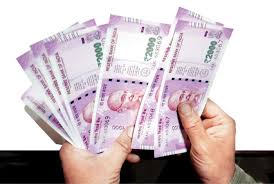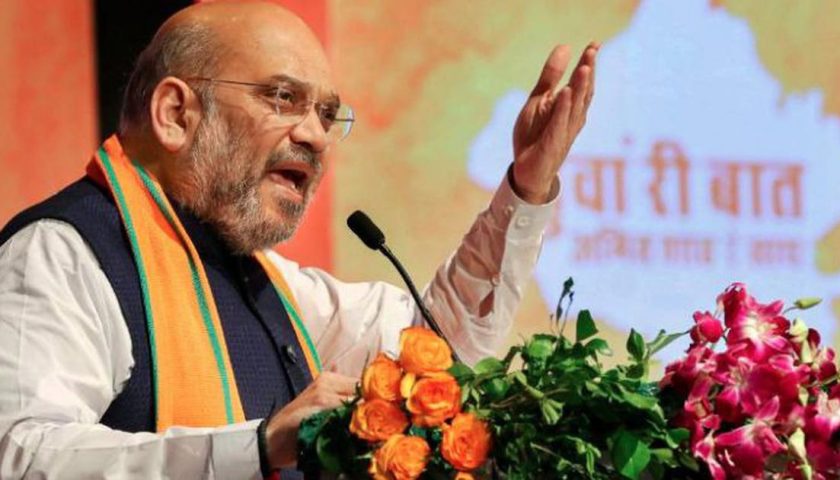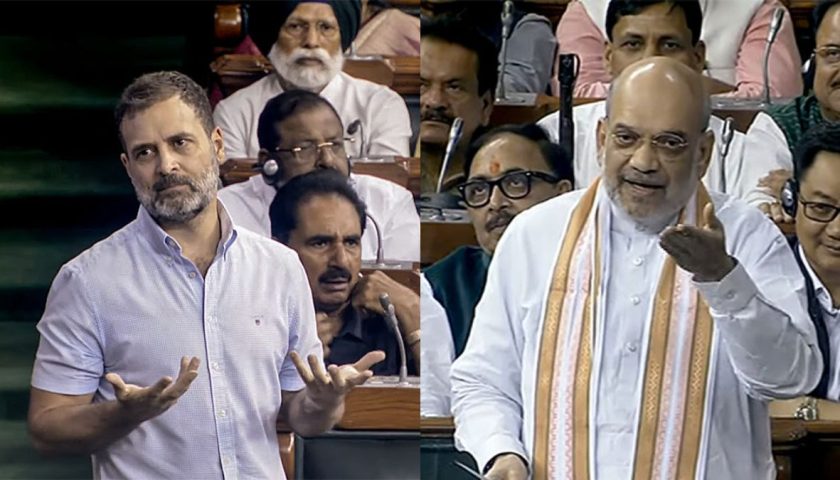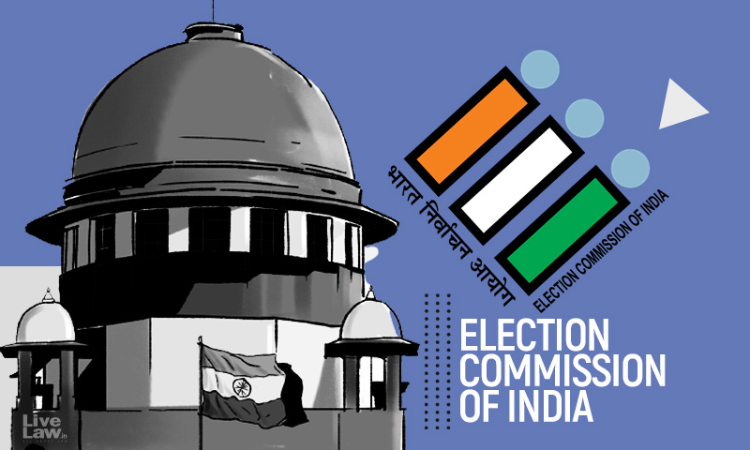After demonetisation, the spike in digital payments was caused by artificial constraints, and does not seem to have had a lasting impact on Indian citizens.
Soon after demonetisation was announced in November last year, it was projected as part of a broader push towards a cashless economy. Several ministers and government officials claimed that this would nudge Indians to rely on non-cash or digital transactions.
In the weeks and months following demonetisation, digital payments (including mobile wallets and mobile banking, credit/debit card transactions, and UPI) saw a sharp spike even as ATM withdrawals declined.
But much of this seems to have driven purely because of cash shortage. As remonetisation picked up pace this year, digital payments fell even as ATM withdrawals rose.
The ratio of digital payments to narrow money (which include the most liquid bank deposits available on demand, apart from currency) has fallen back to pre-demonetisation levels. Comparative ratios of ATM withdrawals have almost reached pre-demonetisation levels.
Ad data show, there is very little evidence to suggest any behavioural change because of demonetisation. The spike in digital payments and the decline in ATM withdrawals were both caused by artificial constraints, and do not seem to have had a lasting impact on Indian citizens.Other kinds of electronic payments, such as NEFT/IMPS did not register much change in the post-demonetisation period either.
What about infrastructure for digital payments? The year-on-year growth in the number of point-of-sale (PoS) terminals (till August 2017) shows a sharp increase compared to the previous years as does the number of credit cards in the country.
However, compared to other large economies, India continues to be a laggard in terms of digital infrastructure. Data from Bank of International Settlements (BIS) showed that as of 2015, the density of PoS terminals and ATMs is significantly lower in India.

One reason for the shortage of digital infrastructure is overall poverty. Per capita incomes of all the other countries shown in the chart are higher than that of India, and the data shows a strong correlation between cashless infrastructure and per-capita incomes.
But that does not mean that technological or policy changes are doomed to fail. The use of mobile payments in Kenya is a case in point, showing how technological change and the right policy moves can lead to a faster adoption of cashless payments, and boost financial inclusion efforts.
The density of ATMs also seems to play a role in driving cashless payments — when ATMs are easy to reach; the tendency to withdraw large volumes of cash tends to be lower, research shows. It’s noteworthy that growth in the number of ATMs over the past year has been muted in India, and this perhaps has slowed the transition to a cashless economy.
Economies that have reduced the use of cash have all adopted one of these methods: reliance on economic growth, or a boost to digital infrastructure (along with technological innovations).
No country has demonetised 86% of its currency in circulation to boost digital payments as India did last year.






